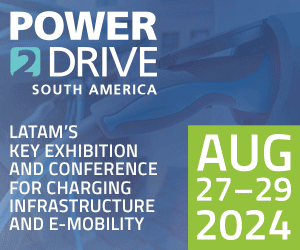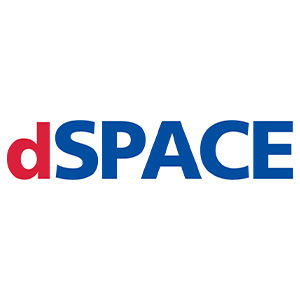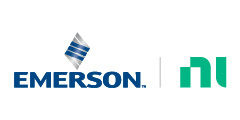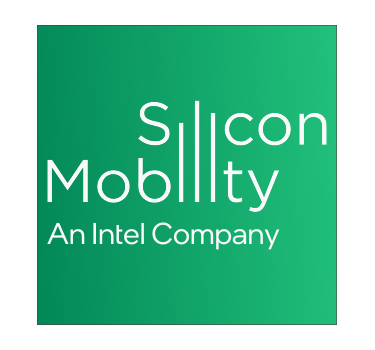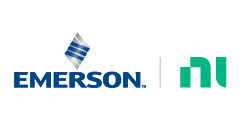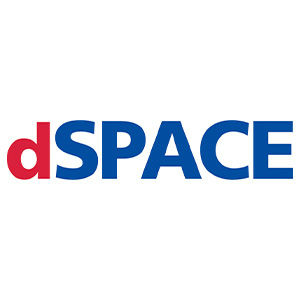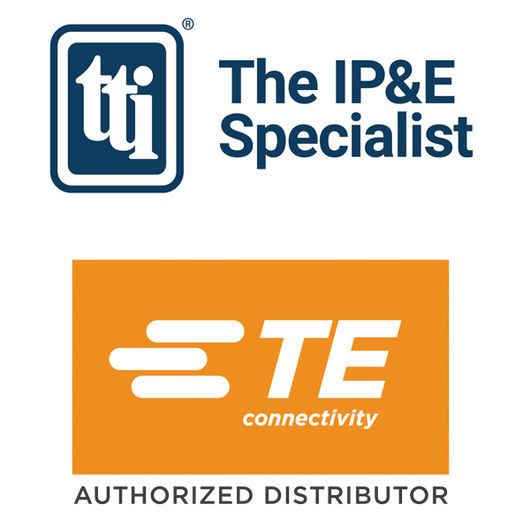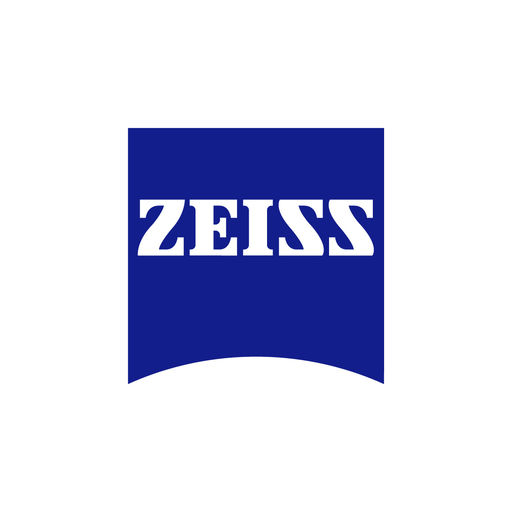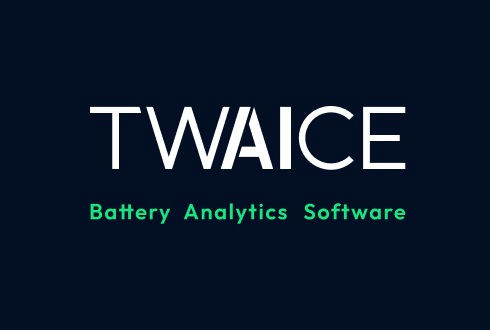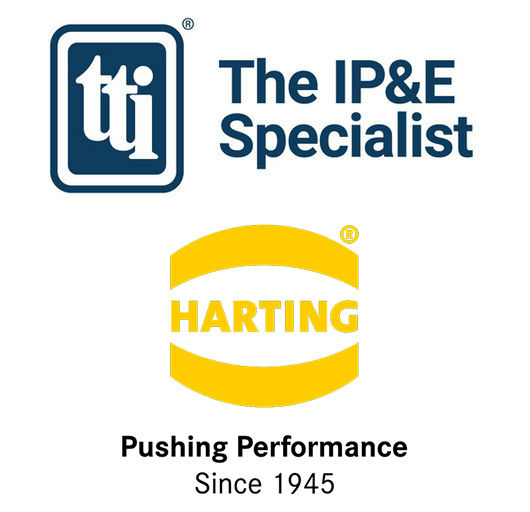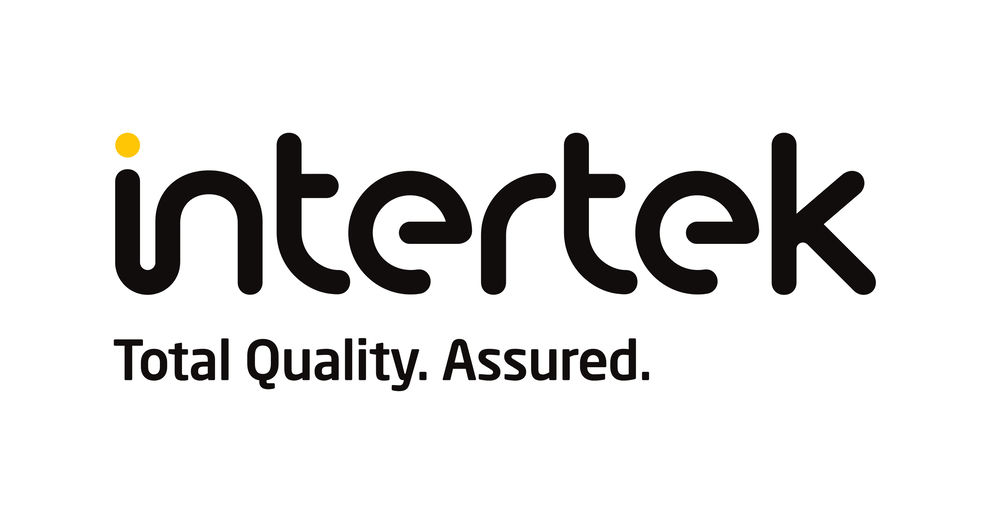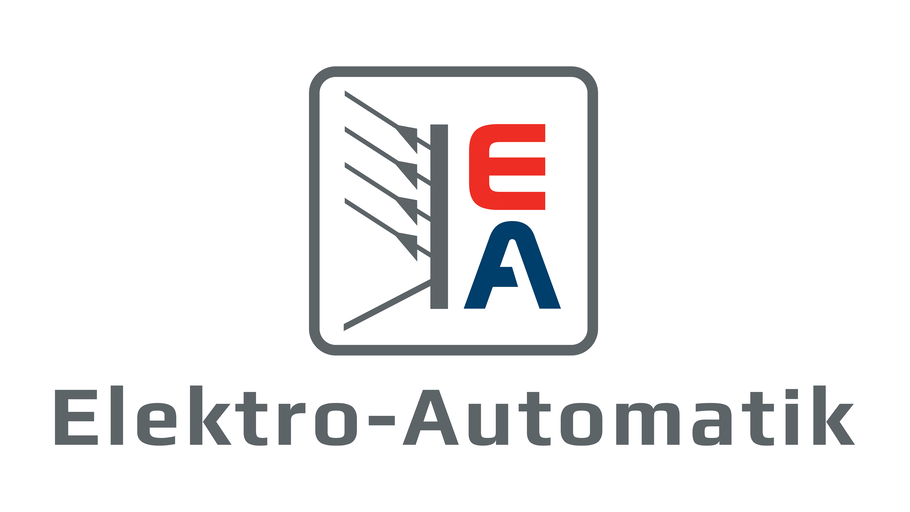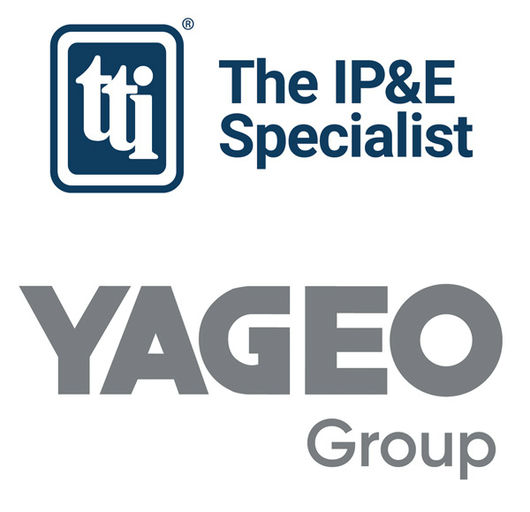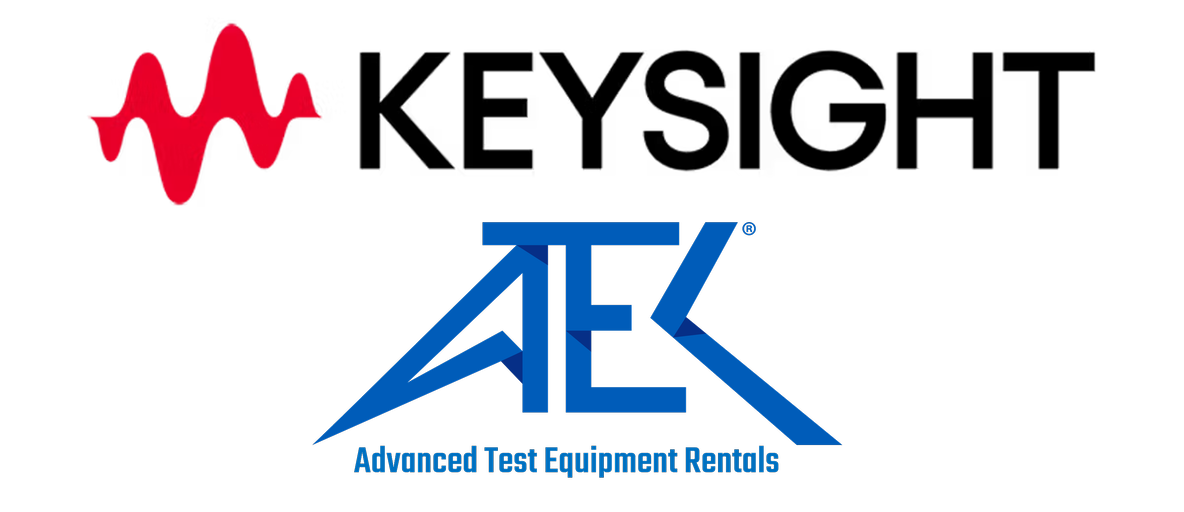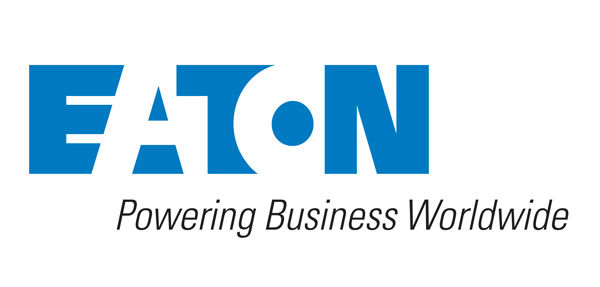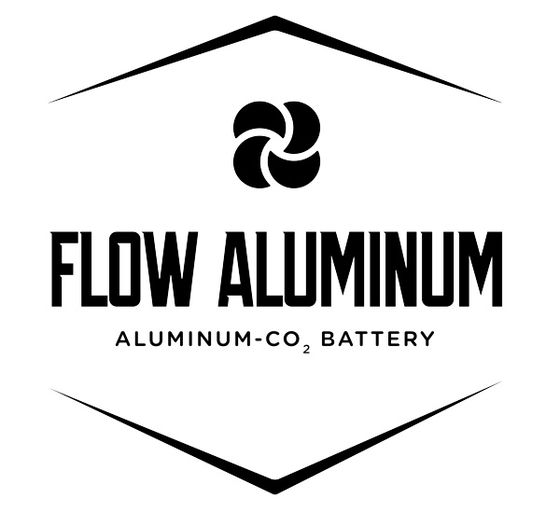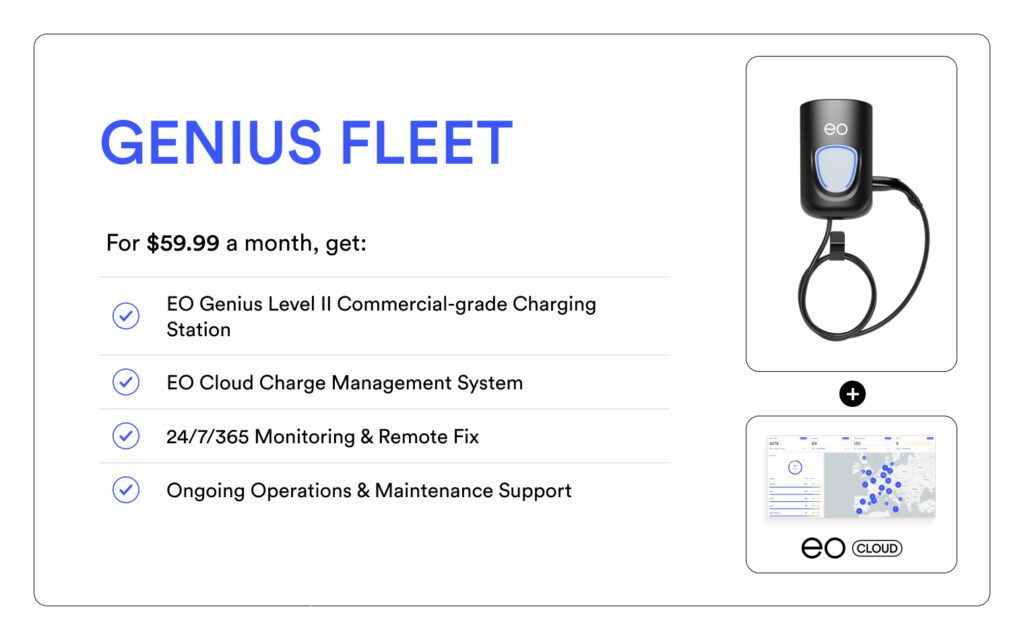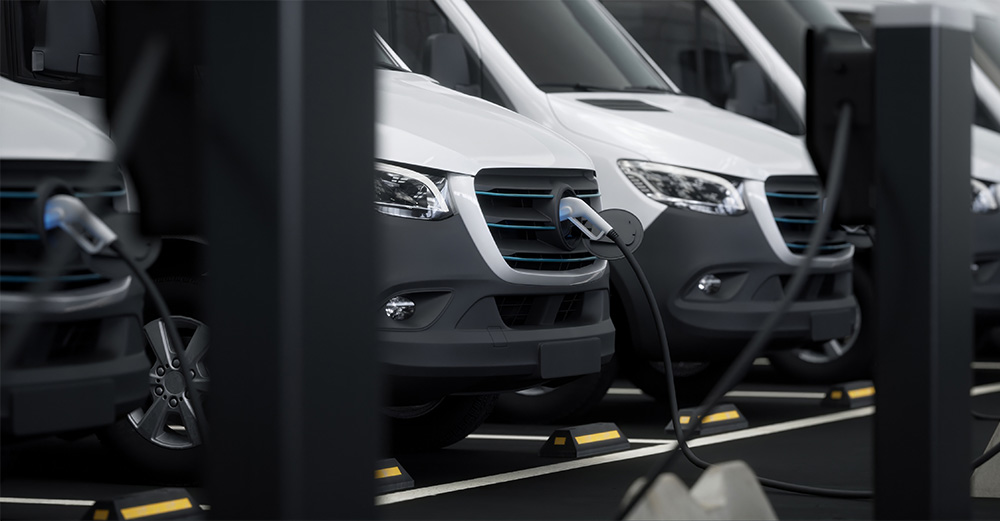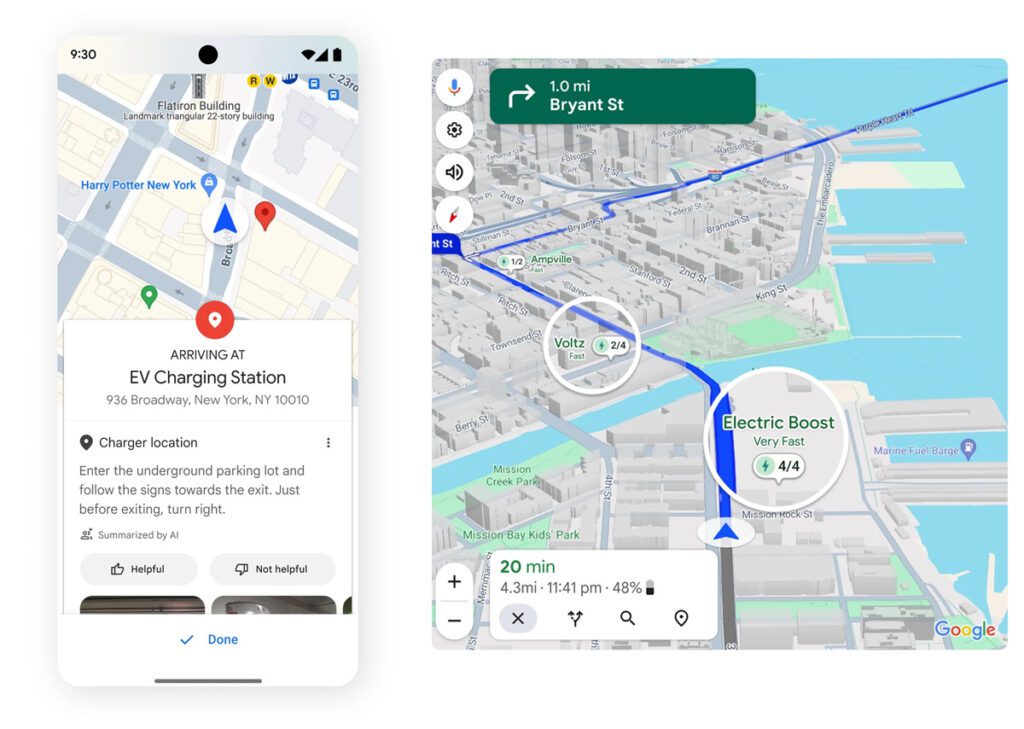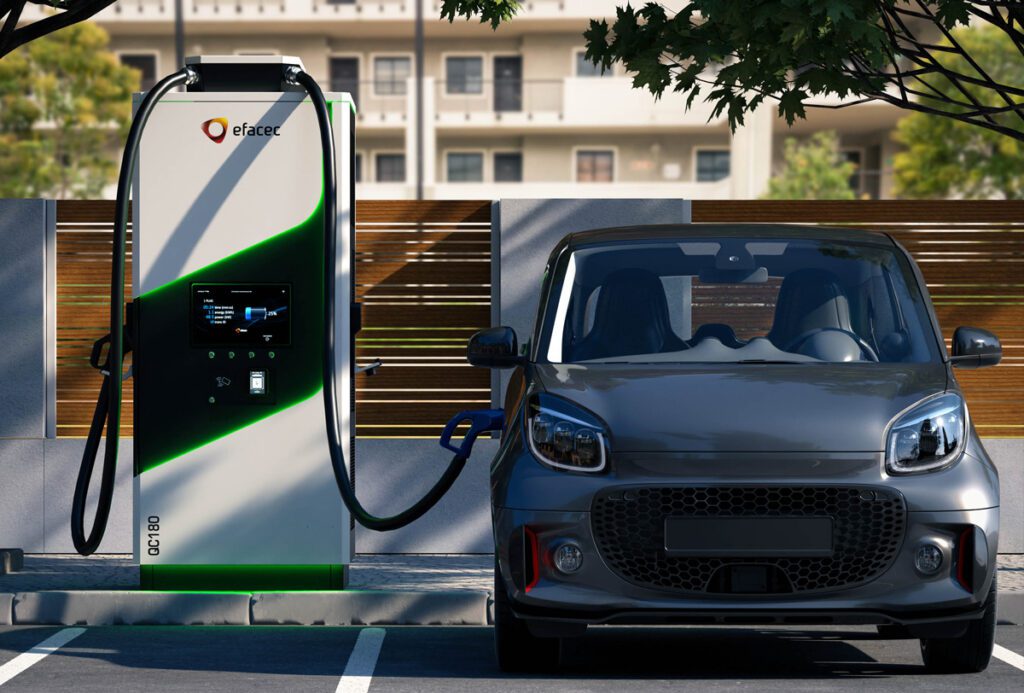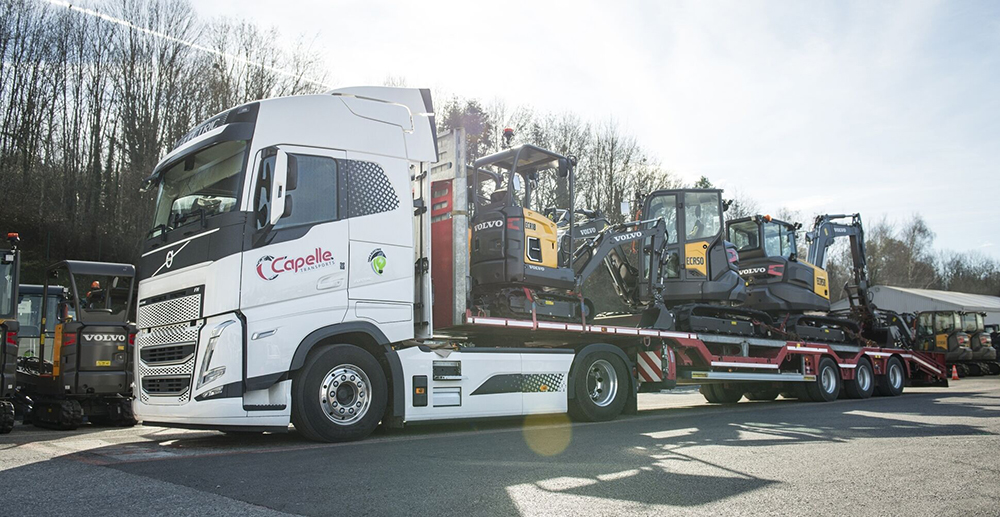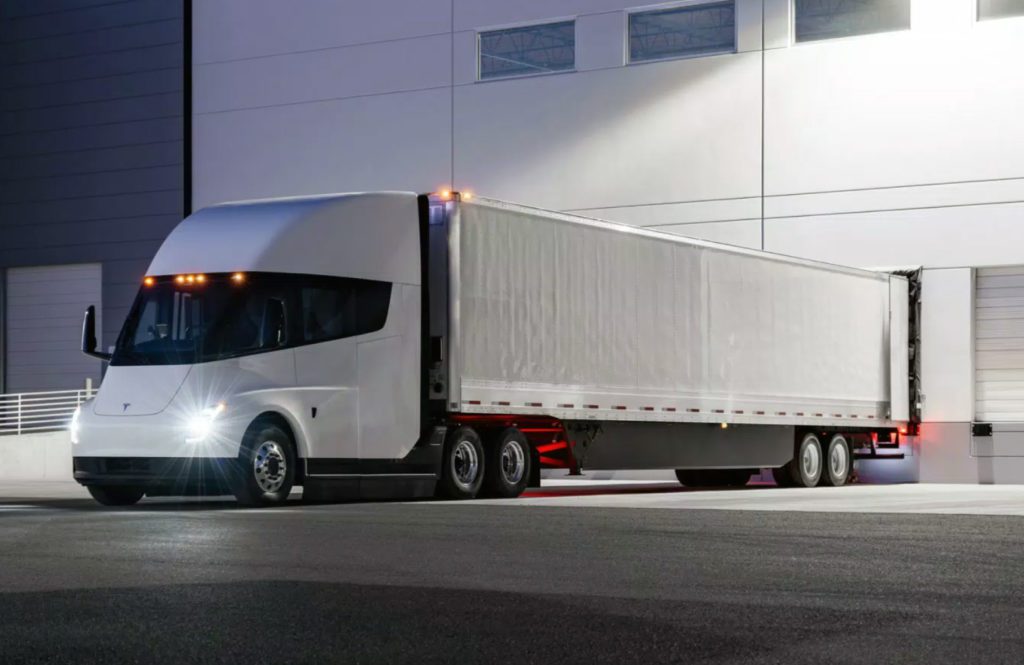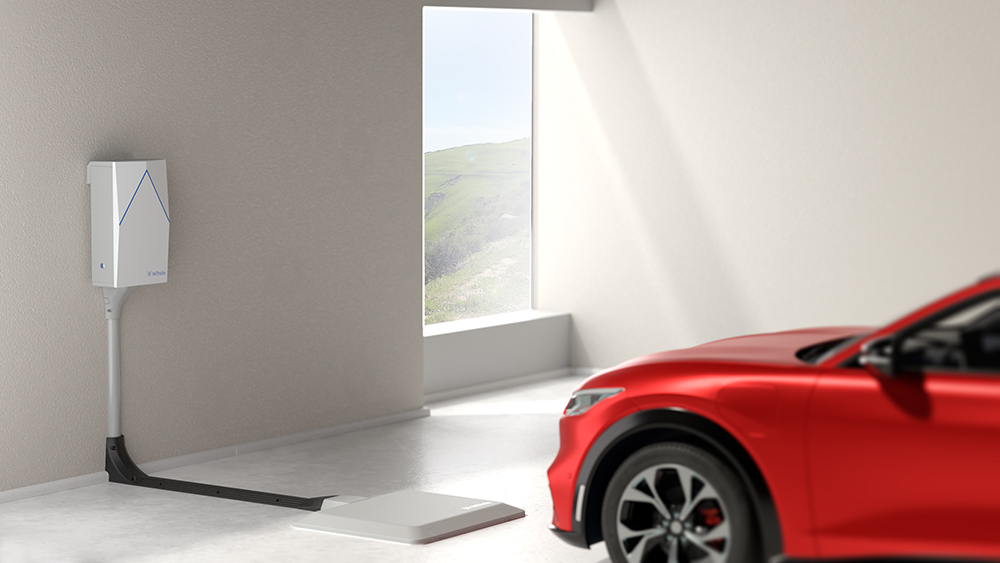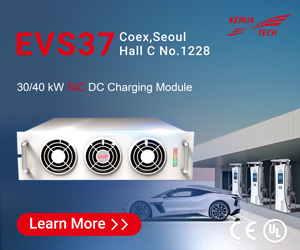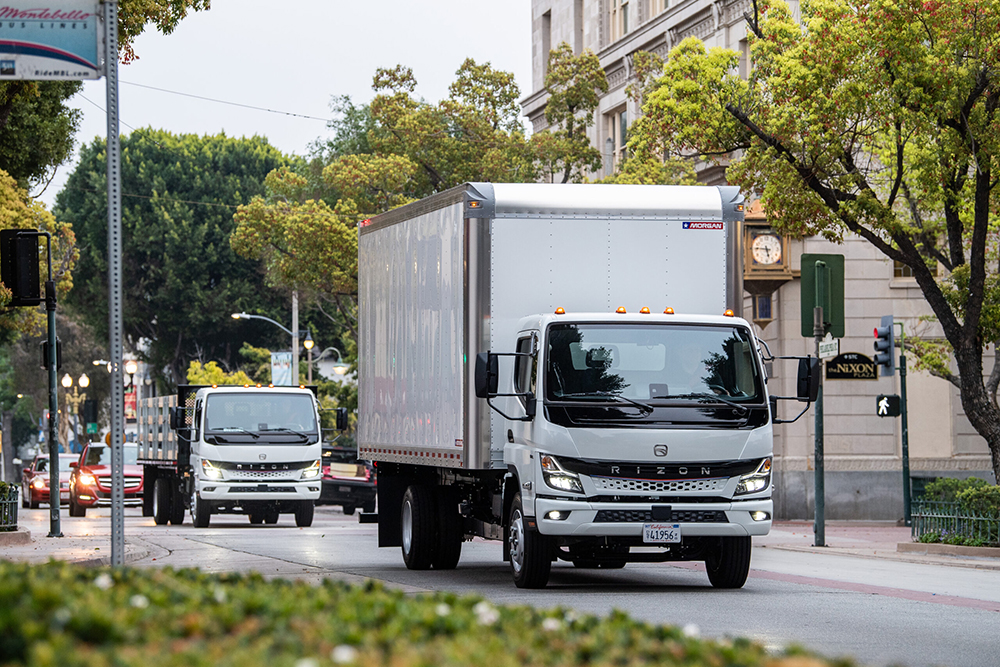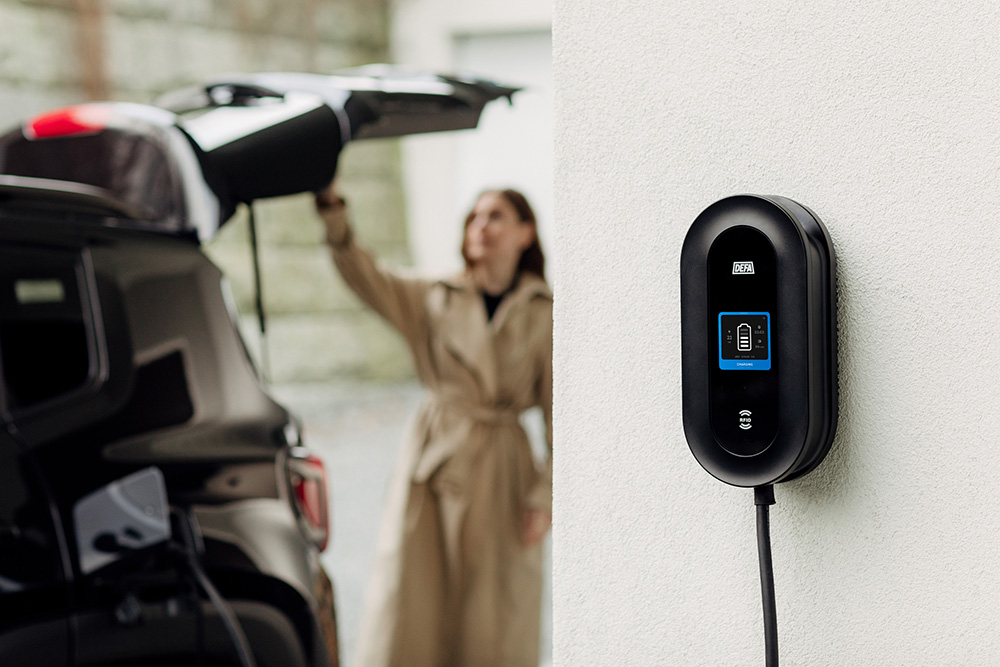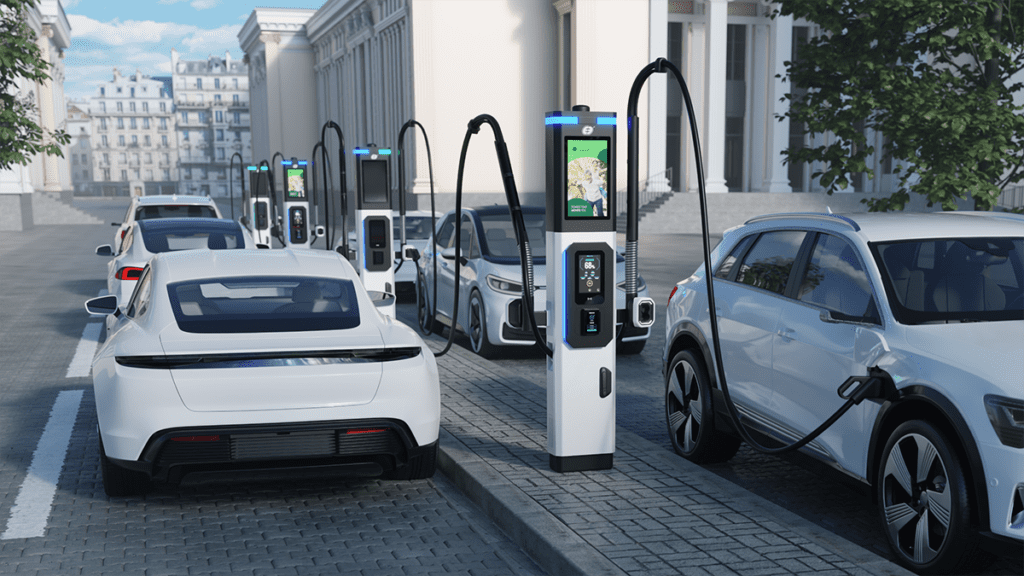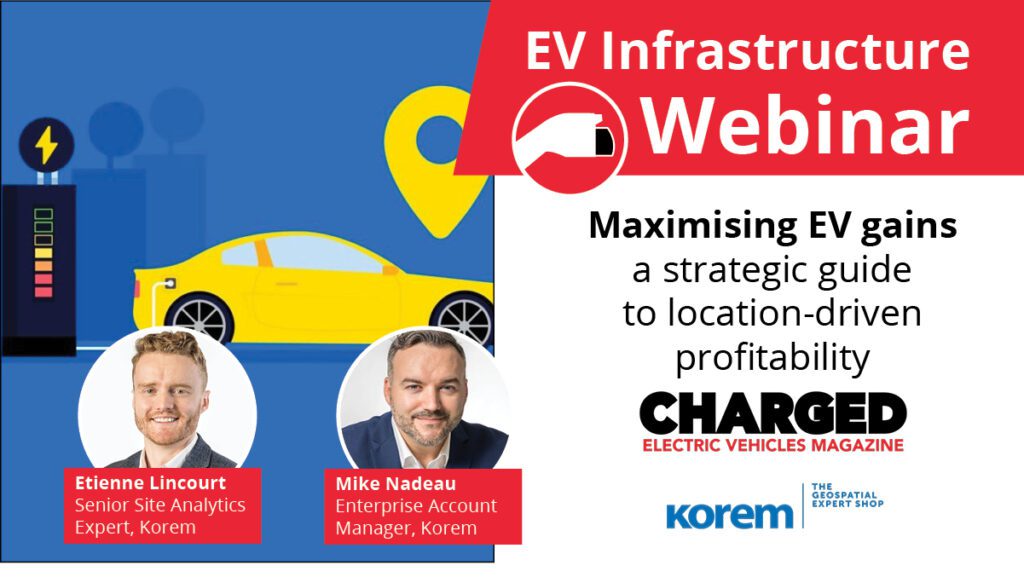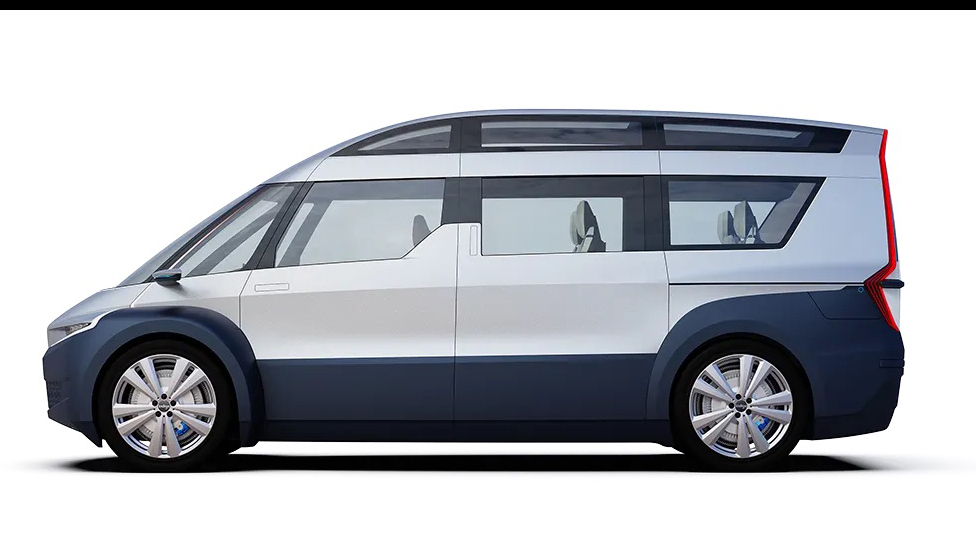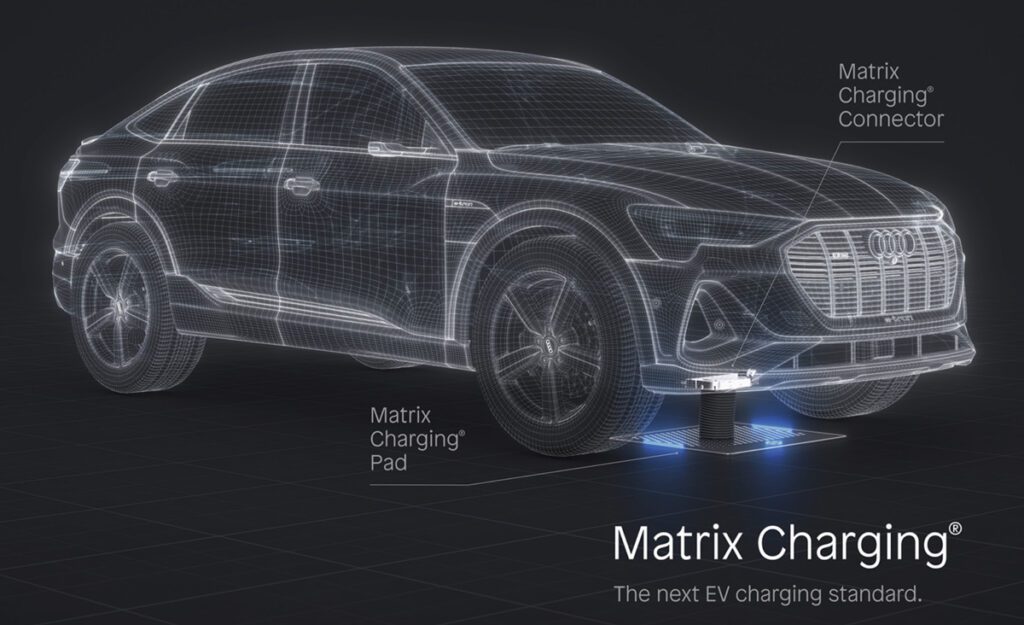The EV of the future will be a mobile part of what some are calling the “smart city” – an integrated network that ties together EV charging, renewable energy generation, energy storage and various devices that control everything from escalators to crosswalks to streetlights. These devices depend on sensors and control circuits that keep track of how humans are using the systems, and operate them in the most energy-efficient way possible.
Michael Rockwood has been in the sensing and control business his whole life, working with major manufacturers including Honeywell and GE on residential and industrial sensing, controls and automation. About five years ago, he became enamored of the emerging EV industry, so when Munich-based eluminocity, a partner of BMW, needed help to bring its products to the US market, he jumped on the opportunity, and became the company’s US General Manager.
eluminocity’s modular Light & Charge System consists of a luminaire, a sensor pack, a network interface module, and an EV charger. Customers can buy the components separately, or together as an integrated system. It has been pilot tested at six locations in Germany over the past two years.
eluminocity introduced its products to the US in January at the Consumer Electronics Show, and now has pilot agreements in the planning stages in half a dozen cities, including Chicago, New York, Los Angeles and Seattle. The company hopes to be selling products by the fourth quarter of this year.
“Our focus is on the light pole, and in companies close to smart city and smart grid developments, not just because of electric vehicles, but autonomous vehicles,” said Rockwood. “We’re working with a number of US manufacturers to develop products that can be either mounted on, or communicated with, the light pole. We offer the luminaire, and a communication module that can connect by WiFi, cell or mesh network.”
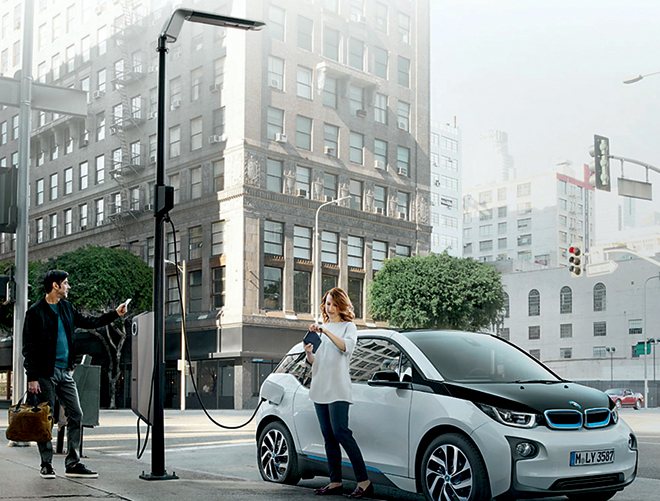

Sensors for the smart city
One component of the system is a sensor pack, which can enable many smart city functions. “There are several significant applications, like using radar for vehicle sensing, and using infrared for presence/absence in crosswalks – called pedestrian sensing – either to dim the light or flash the light when there’s a pedestrian in the crosswalk. We can easily measure parking space availability and we can measure traffic speed.” Data from the sensors can be sent to the cloud, to any database in which the customer can use the sensor data.
“There are many opportunities for sensing, and everyone is enamored with it,” said Rockwood. “But it is frustrating that customers aren’t spending money on it right now. Many want to pilot, but few want to invest. We’re still waiting for use cases that have a strong ROI. And I think they will probably have to do with pedestrian safety.”
The luminaire is a high-performance, highly-designed LED lighting fixture, “very much an architectural product,” with an integrated sensor. It incorporates up to four 35-watt modules that can be individually controlled, so it can serve as a powerful safety light on a street intersection, or as a lower-powered parking lot light.
“Our lighting and our sensing products will most often be sold together, in workplace and municipal parking lots, at park-and-ride sites, or at important venues where people are going to dwell for three or four hours,” said Rockwood.
“Many planners of electric vehicle infrastructure are looking at site development, and realizing that to maximize use they need to consider lighting, security, egress, advertising and information and ADA regulations to make the site a statement of what the host is all about.”
Finding the right light pole
Many, in fact most, light poles are not suitable for EV charging. “But approximately five percent represent a really good opportunity, where there is enough power, good access, good security, and a dedicated circuit,” said Rockwood. “So, when you find those, installing a charger on a light pole is a good and inexpensive solution, because you don’t have an additional transformer or panel and you can use the pole itself to be compliant with ADA cord handling. You can get a networked Level 2 40-amp charger installed for about half of what it would otherwise cost.”
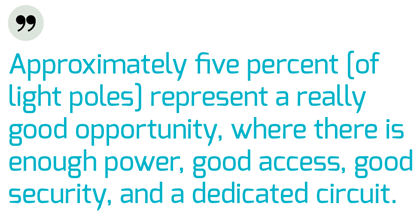

Finding the light poles that are good candidates for EV charging can be a challenge. Some cities confess that they have lost track of their light poles over the years. “In many instances the utility owns some, the city owns some, private developers own some, and until recently there hasn’t been a need to keep good records of what they’ve got,” explains Rockwood. “So when we ask for a good, secure location, with 240 volts and a 40-amp circuit, they actually have to go out and open up poles to find what is needed. That’s probably one of the reasons why we don’t have more Smart Light Poles.”
One way that eluminocity is finding customers is through help from Silver Springs Network, which offers a networked LED street lighting solution. LED lights, of course, save cities money on electricity out of the box, and Rockwood explains that it’s possible to realize an additional 15% or more in savings if they are managed efficiently from a network. “The savings comes from – number one – more accurate control. Some cities allow dimming when there’s no activity. Not so much in the US, but in Europe, they like the idea of dimming down to 75% or even 50% if there’s been no activity in a parking lot for 20 minutes or so, and that greatly extends the life of the LED. The other savings is in maintenance and operations, and Los Angeles proved that to the world. When an LED is run on a network, you know immediately when there’s a day-burner, and you know immediately when there’s a light out. So your trucks roll to the spot – they don’t have to wait for a concerned citizen to call it in – and they know exactly what parts to bring, because you already have that information.”
One approach to generating business is to pitch cities that are upgrading to LEDs to install EV charging at the same time. “We have a strong value-add story to tell there,” says Rockwood. “Lighting is the lead, because it’s such a huge savings. If a city can save as much as 60%, as LA did, then they can consider adding services, taking some of that savings to achieve some of their other goals: greenhouse gas emission reductions, congestion reduction, or parking enhancement.”
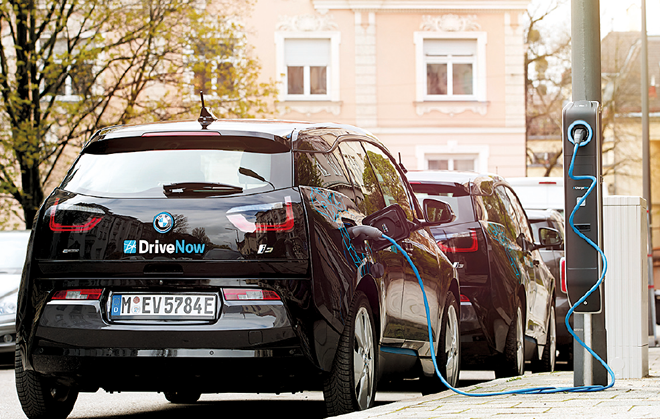

Rockwood estimates that there are at least 5,000,000 street and parking lights in the US. If about 5% of those are appropriate for EV charging, that means a quarter million potential spots for chargers. “Keep in mind that there are only about 40,000 publicly available chargers now. That’s a significant increase in opportunities to add charging sites economically.”
One potential snag, however, is that there aren’t a lot of successful examples of municipalities owning charging hardware. “It’s been a hot potato passed around – who wants to own the equipment? NRG EVgo and Car Charging Group have proven that it is a difficult business model to run profitably, mostly because maintenance is difficult. Right now, the ball is in the automakers’ and the utilities’ court. Public opinion is coming around to accept that, if we are going to achieve our green goals, that EV infrastructure is part of it, and ratepayers and taxpayers should pay some of it.”
Workplace charging etiquette
“A lot of private companies are interested in our solutions too,” says Rockwood. “Large employers want to provide EV charging convenience for employees, but struggle with the need to have employees move their cars at the end of a charging session. It can be a productivity issue. By distributing the chargers around the parking lot, where four vehicles can access one charger, co-workers can share a charger without having to move their cars during the workday.”
Available power can be a complex issue, as some lights run on dedicated circuits and some don’t, says Rockwood. “But, for every one of the issues, there is a workaround and it helps for planners to know that up front.”


eluminocity offers 30- and 40-amp charging options. “Most site planners want to go to 40-amp models so that as batteries and vehicle range improve, they can charge faster.”
There are several networking options. “Some utility customers have an AMI network – like a Silver Springs or iTron network, or their own network. Then we can communicate on that network. We go from our charger to their mesh network. When that isn’t the case, then we usually have at least one cell GSM module in one of the units, which we call our Gateway model, and the others, because it’s much less expensive, communicate with that one by WiFi. That’s the most common setup, by far.”
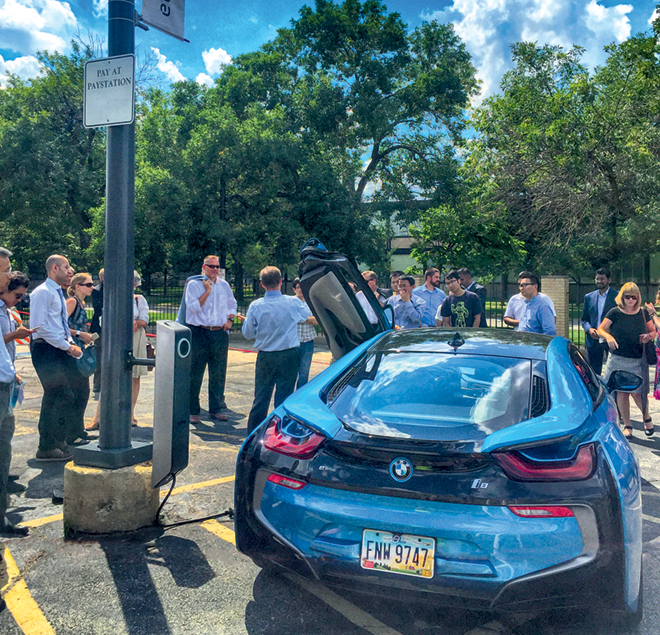

Accommodating disabled drivers
Public EV chargers also need to be compliant with the Americans with Disabilities Act (ADA). “California planners are really paying attention to it and other states will, as well. There are mainly three issues with regard to the new ADA rules. The height needs to be 44 inches for the operator, and the cord must be up off the ground. The third has to do with egress, insuring that you leave enough room that a wheelchair can get from the vehicle to the venue easily.”
This can pose a challenge with a pole in a parking lots. “Parking lot poles sometimes have a cement base, so that if the cars roll too close, it hits the cement base. To hang our charger above that cement base takes it up too high, not ADA-compliant. To work around this challenge, we use a stand-off, a traffic signal light extension that holds the charger about 10 inches off the pole, and slightly below that base.”
“Applying EV chargers to light poles is not simple, so a lot of people just dismiss it. But, with a variety of proven solutions, we can usually convince planners that using parking lot light poles for EV charging is a great option.”
This article originally appeared in Charged Issue 27 – September/October 2016. – Subscribe now.




